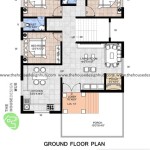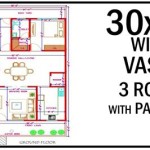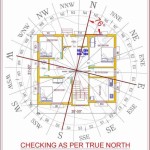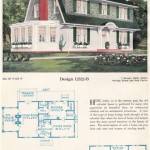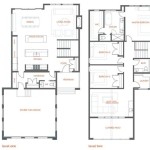Aging In Place House Plans: Designing for Comfort and Longevity
The concept of "aging in place" revolves around individuals maintaining independence and remaining in their homes as they grow older. This often requires adapting living spaces to accommodate changing physical needs and potential health challenges. Aging in place house plans address these needs proactively, incorporating features that promote safety, accessibility, and long-term comfort.
These specialized house plans prioritize single-story living, minimizing or eliminating stairs altogether. This reduces the risk of falls and facilitates mobility for those experiencing joint pain or decreased stamina. Open floor plans are also a key characteristic, allowing for easy navigation with assistive devices like walkers or wheelchairs. Wider doorways and hallways further enhance accessibility and provide ample space for maneuverability.
Bathroom modifications are crucial in aging in place design. Walk-in showers with grab bars and built-in seating offer a safe and comfortable bathing experience. Non-slip flooring minimizes the risk of slips and falls, a significant concern for older adults. Comfort-height toilets and sinks reduce strain on joints and improve ease of use. Lever-style faucet handles are preferable to knobs, as they require less hand strength and dexterity.
Kitchen design also plays a significant role in aging in place house plans. Lower counter heights and adjustable shelving allow for easier access to work surfaces and stored items, accommodating individuals of varying heights and physical abilities. Pull-out drawers and pantry shelves bring items within easy reach, eliminating the need for excessive bending or reaching. Side-by-side refrigerators offer improved accessibility compared to traditional top-freezer models.
Beyond the core living areas, aging in place house plans often incorporate features that enhance overall comfort and convenience. Ample natural lighting improves visibility and reduces the risk of falls. Enhanced insulation and energy-efficient appliances contribute to lower utility bills and a more comfortable indoor environment. Smart home technology can play a significant role, offering features like automated lighting, voice-activated assistants, and remote monitoring systems that enhance safety and independence.
Choosing the right location is another critical aspect of aging in place. Proximity to essential services like healthcare facilities, pharmacies, and grocery stores reduces reliance on personal transportation. Walkable neighborhoods and access to public transportation provide opportunities for social interaction and engagement, promoting overall well-being. A connection to community resources, such as senior centers and support services, can further enhance independence and quality of life.
The flexibility of aging in place house plans is a significant advantage. While some designs incorporate all accessibility features from the outset, others allow for phased implementation. This allows homeowners to adapt their living spaces gradually, adding modifications as their needs evolve over time. This adaptability ensures long-term suitability and minimizes the need for major renovations in the future.
Universal design principles are often integrated into aging in place house plans. These principles focus on creating environments that are user-friendly for people of all ages and abilities. Features like zero-step entrances, lever-style door handles, and rocker light switches benefit not only older adults but also individuals with temporary disabilities or young children. This inclusive approach creates a more welcoming and accessible home for everyone.
Considering future needs is a cornerstone of aging in place planning. While current physical abilities may be strong, anticipating potential changes associated with aging is essential. Incorporating features like reinforced walls for future grab bar installation or designing spaces that can easily accommodate a stairlift provides flexibility and peace of mind for the future.
Collaboration with qualified professionals, including architects, contractors, and occupational therapists, is crucial in developing effective aging in place house plans. These professionals can assess individual needs, provide expert guidance on design choices, and ensure that the final plan meets all accessibility and safety standards. Thorough planning and careful execution contribute to a comfortable, safe, and supportive home environment for years to come.
Financial considerations are also an important factor in aging in place planning. The cost of incorporating accessibility features can vary depending on the extent of modifications required. Exploring available funding options, such as grants, tax credits, and home equity loans, can help offset these costs and make aging in place a more financially feasible option.
Beyond the practical aspects, aging in place house plans contribute to a sense of security and emotional well-being. Remaining in a familiar environment, surrounded by cherished memories and personal belongings, can significantly improve quality of life and reduce stress associated with relocation. Maintaining independence and control over one's living situation fosters a sense of dignity and empowerment.

Homes For Aging In Place Key Issues Houseplans Blog Com

Aging In Place House Plans Plus

The Best Floor Plan Series Aging In Place

Aging In Place House Plans Plus

Age In Place Home Designs

Design Principles For Aging In Place

Aging In Place Designs Are For All Ages Not Just The Elderly

Designing A Fall Proof Home For Aging In Place Don Gardner Architects

Age In Place Home Designs

29 Aging In Place Accessible Home Plans Ideas House Design



